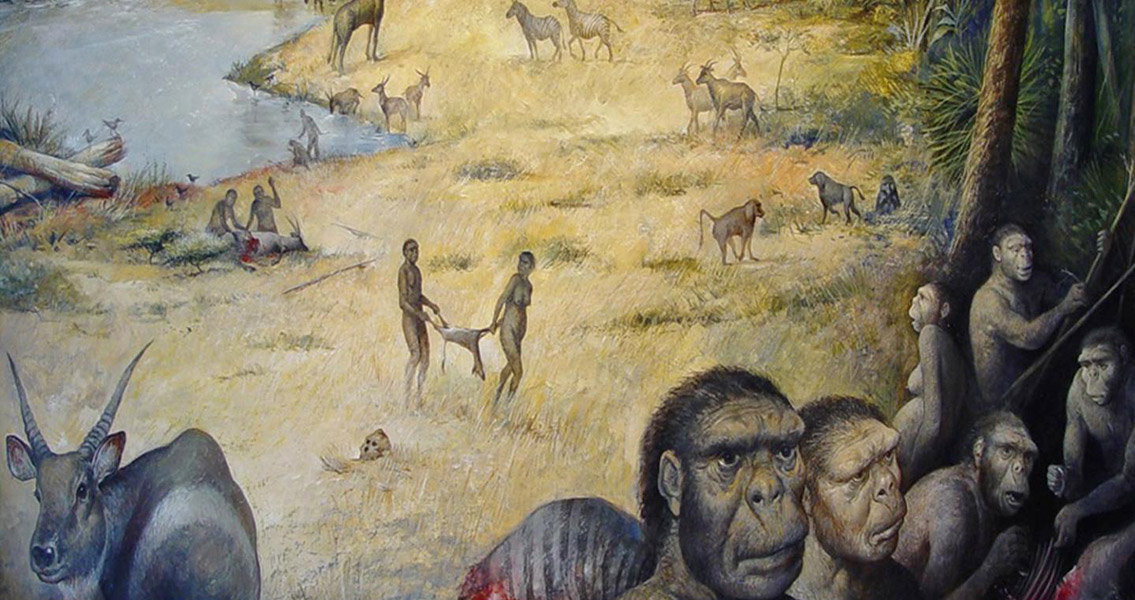<![CDATA[The vicissitudes of life as an early hominin around 1.8 million years in the past have been revealed through a reconstruction of a habitat used by some of our earliest recognizable ancestors. The Olduvai Gorge in Tanzania is a site that has born miraculous fruit in terms of helping us understand our origins as a species. Ancestors who lived in the region, individuals who had both more simian features and characteristics as well as those that looked more like modern humans, had ample access to shelter, water, and food; these early hominins were even beginning to use stone tools to help eke out an existence – but it was anything but an easy life. Indeed, life was incredibly stressful for the hominins of Olduvai Gorge, according to Rutgers University’s Gail M. Ashley. The professor says that these individuals were locked in an incessant competition for food resources thanks to the carnivores inhabiting the area alongside them. According to her research – and the research conducted by her colleagues – there exists the possibility that these early human ancestors might have even scavenged from fresh kills left behind by the other carnivorous species. Ashley’s research, which was recently published in the Proceedings of the National Academy of Sciences, showcases a careful reconstruction of what the landscape would have been like for these early hominins by collecting paleoarchaeological evidence at Olduvai Gorge. Reconstructing the landscape in such a way can help in aiding researchers to test theories on the conditions these early humans lived in, how they interacted with the environment, and what kind of social behaviors they might have had. Discovered in 1959 by renowned researcher Mary Leakey, Olduvai Gorge was a treasure trove of stone tools and animal bones. Over the last ten years, Ashley, her colleagues, and her students have nearly continuously studied the archaeological site, conducting carbon isotope analysis on countless soil samples, revealing that the region had not just grasslands but also wetlands, a forested area, and a freshwater spring as well. In a press release from Rutgers, Ashley remarked that the research team successfully mapped out the kinds of plant life in regards to the location of the stone tools found in the region, the first accomplishment of its kind. However, an even bigger prize was finding the remains of not one but two different species of early human ancestors in one particular geological bed. Known as Homo habilis and Paranthropus boisei, these two species were similar in that they had a rough lifespan of anywhere from three to four decades and a height of around 4.5 feet to 5.5 feet. However, the latter is thought to have been more heavyset and with a smaller brain capacity than Homo habilis. Scientists involved in the research feel that the two species were unlikely to have camped there, but instead used the cover of the nearby acacia and palm trees to feed off of the carcasses of either their own kills or those taken from other carnivores. When and where early human ancestors began eating more meat are crucial questions, as an increased amount of protein in the diet of hominins is thought to be one of the first indicators of an increase in brain size. The research study can be found online here Image courtesy of M.Lopez-Herrera via The Olduvai Paleoanthropology and Paleoecology Project and Enrique Baquedano.]]>
Scientists Reconstruct Habitat of Early Human Ancestors
